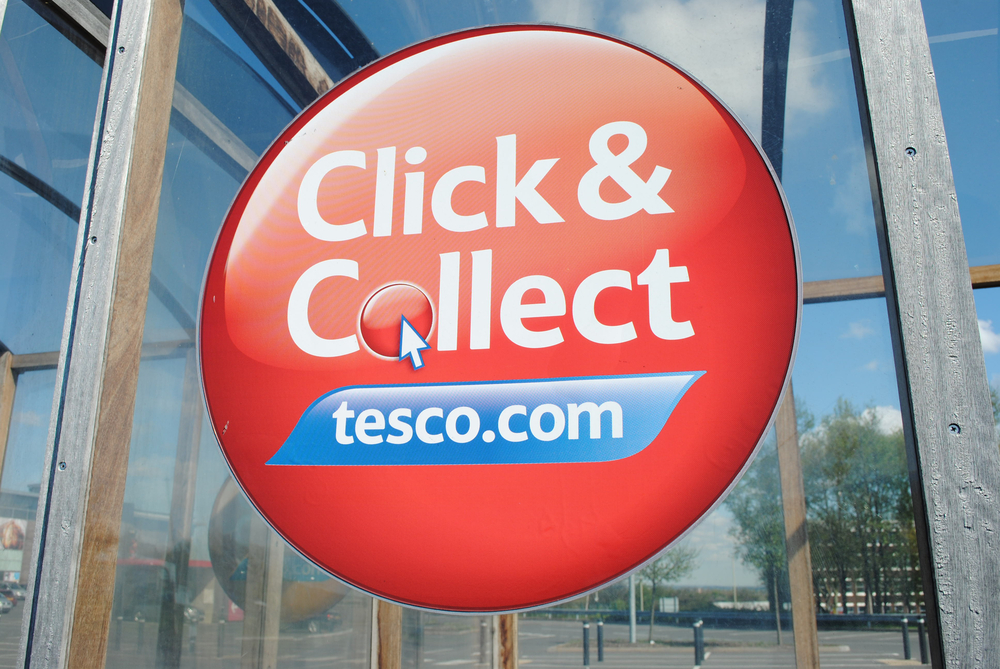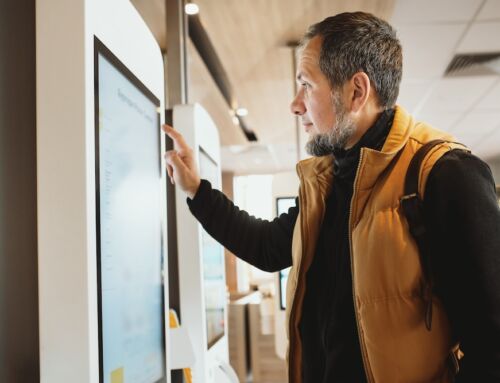We all know that online commerce has revolutionised retail. In 2022, more than a quarter (26.5%) of all retail sales in the UK were digital, double the figure from a decade earlier.
There are a lot of plus points to the e-commerce revolution. Especially from the consumer’s perspective, the growth in e-commerce means greater choice, greater convenience, and greater empowerment through access to more information about goods, services and brands.
But there have been clear losers as well as winners. In particular, blame for the well-documented decline of high street retail has been laid squarely at the door of digital commerce. With high overheads made even worse by spiralling rents and footfall declining long before the COVID-19 pandemic decimated physical retailers’ ability to trade, losing a quarter of their market share to online trade has been more than a long list of big names have been able to bear.
However, while e-commerce undoubtedly poses a significant competitive challenge to traditional retail models, it has created new opportunities as well.
Far from viewing bricks-and-mortar retail as obsolete, modern consumers are more than happy to continue shopping ‘in store’. The proviso is that modern shops are having to adapt to meet with consumer expectations around convenience and choice. And that means offering new experiences, including those that bridge the digital-physical divide.
Providing an in-store service to digital retailers
One such example is BOPIS, or Buy Online, Pay In Store. Also widely known as ‘Click and Collect’, the option to collect online purchases in person is popular with consumers who don’t want to wait around for a delivery, or like having the choice of picking an item up as they pass or when they are in work.
According to one study, a quarter of all online purchases made during Black Friday 2022 were fulfilled in store.
The standard model for BOPIS sees retailers offering fulfilment for purchases on their own e-commerce channels at their own stores. It’s a great way to link digital and physical operations – part of what is often called an ‘omnichannel’ approach.
But another option is to offer on-premise fulfilment for other retailers. How does that work? Well that’s where BOPIS kiosks come in.
Also known as Parcel Kiosks, the concept was pioneered by Amazon, who started installing secure lockers in public places to offer an alternative to home delivery. Particularly for digital-only vendors, BOPIS kiosks and lockers provide a means of offering in-person pick-up even if don’t have their own premises. It’s a valuable enough proposition that many e-commerce companies are prepared to pay for it.
This presents a commercial opportunity to retailers that do have their own premises. Installing a parcel kiosk is another way to monetise your space and diversify revenue – essential if high street vendors are going to halt the decline brought about by dwindling footfall. And by expanding to give customers access to goods and services beyond those you yourself offer, there’s an argument that that will in itself encourage more people into stores.




